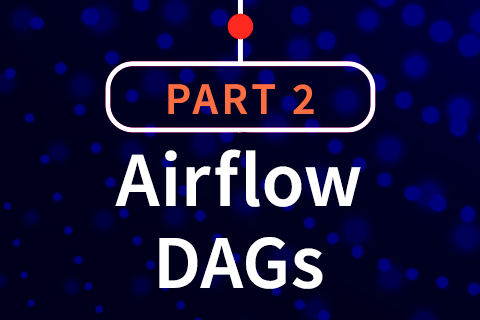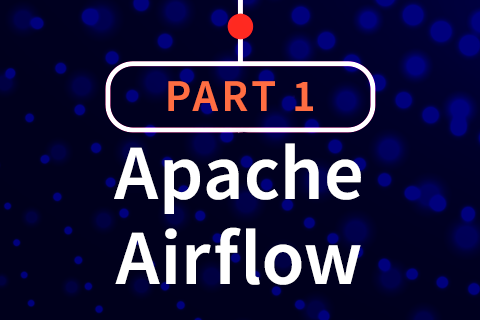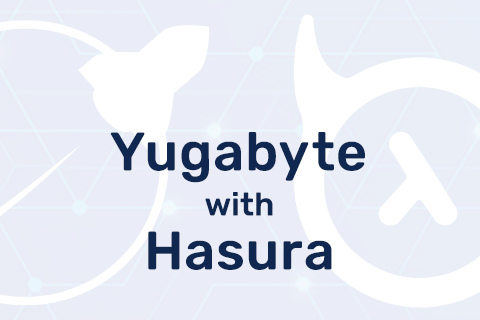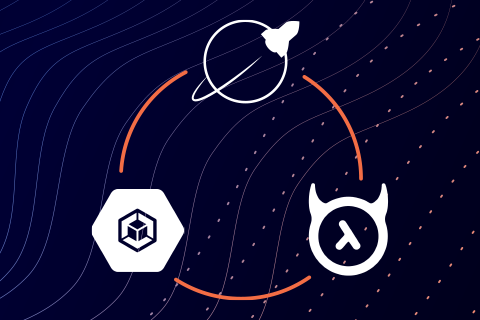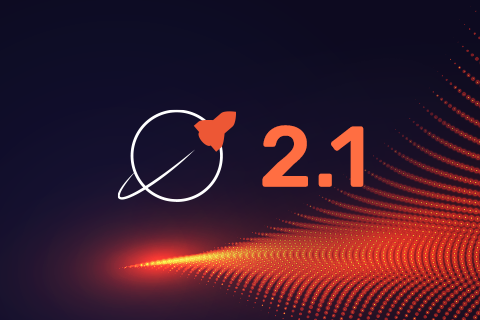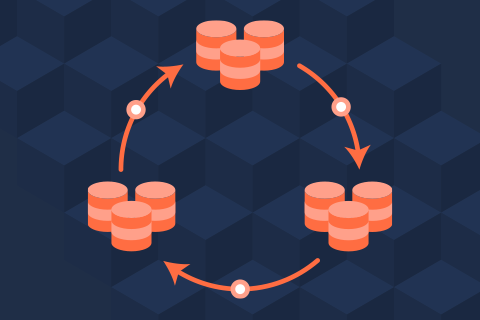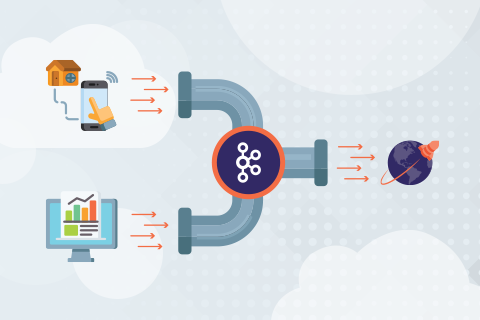Real-Time Scalable GraphQL and JAMstack with Gatsby, Hasura, and YugabyteDB
JAMstack is a new way of building websites and apps. It’s not a technology but rather an architectural pattern that is growing in popularity. In JAMstack, the JAM acronym stands for JavaScript, API, and Markup, and the main idea behind the technology is that web applications don’t have to rely on the application server to be fully functional and robust.
There are four primary benefits of adopting a JAMstack architecture.
- Higher performance driven by efficient use of static assets and Content Delivery Networks (CDNs).
…

